Introduction
From metal pots and pans to ceramic dishes and plastic utensils, the materials we use in our kitchens play a crucial role in ensuring food safety and overall health. Neglecting proper inspections can lead to serious hazards, making it essential for consumers to understand the various types of kitchenware materials available.
Understanding the Importance of Kitchenware Inspection
Kitchenware inspection serves as a vital checkpoint in our daily cooking routines, safeguarding both our health and well-being. Regular inspections help identify any potential risks associated with different materials, such as toxic coatings on metal kitchenware or harmful chemicals in plastic kitchenware. By prioritizing kitchenware inspection, consumers can enjoy peace of mind knowing that their cooking tools are safe and reliable.
Common Types of Kitchenware Materials
The world of kitchenware is diverse, featuring an array of materials including metals, ceramics, and plastics—each with its unique benefits and challenges. Metal kitchenware is favored for its durability and heat conductivity but requires careful inspection to avoid toxic coatings that could leach into food. On the other hand, ceramic kitchenware offers aesthetic appeal but poses risks related to glaze safety; meanwhile, plastic kitchenware remains popular for its lightweight convenience but often raises concerns over BPA and other harmful chemicals.
The Role of Third-Party Inspections in Safety
These professionals specialize in conducting thorough evaluations across various types of materials—including metal kitchenware inspection, ceramic checks, and assessments for plastic items—to ensure compliance with safety standards. By choosing certified third-party services for your kitchenware inspection needs, you not only protect your family from potential hazards but also contribute to a culture of accountability within consumer products.
Why Kitchenware Inspection Matters
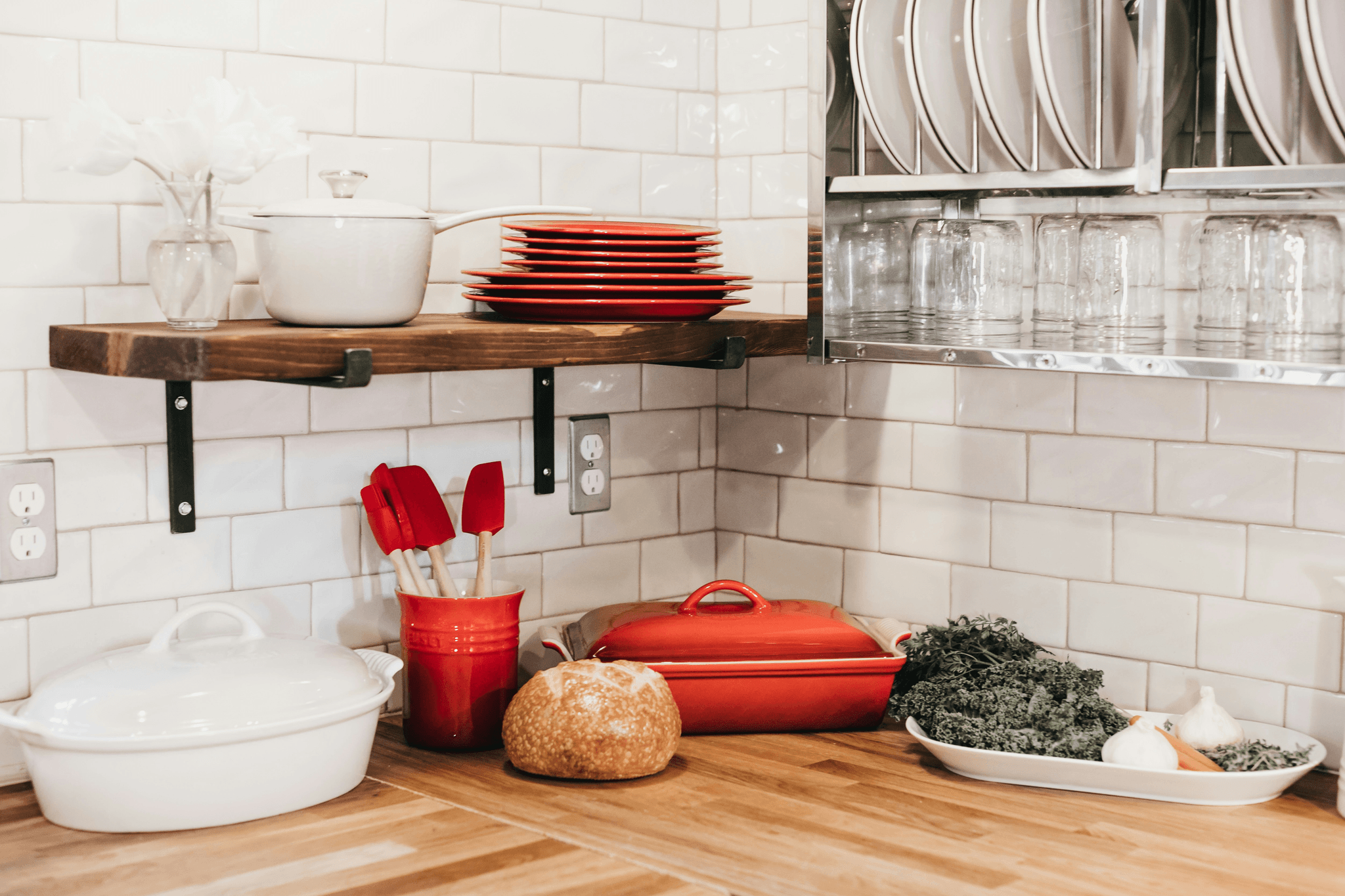
Ensuring that your pots, pans, and dishes meet safety standards is crucial for maintaining a healthy cooking environment. By understanding why kitchenware inspection matters, you can make informed choices that protect both your health and your rights as a consumer.
Ensuring Food Safety Standards
Food safety standards are in place to protect consumers from harmful substances that can leach into food during cooking or storage. Regular kitchenware inspection helps identify materials that are safe for food contact and ensures compliance with regulations. Whether it’s metal kitchenware inspection to check for safe alloys or ceramic kitchenware inspection to assess glaze safety, these practices play a vital role in preventing contamination.
Protecting Consumer Rights
Kitchenware inspection not only ensures compliance with safety standards but also empowers consumers by providing transparency about product quality. When manufacturers adhere to proper guidelines through thorough inspections—be it plastic kitchenware inspection or metal checks—it fosters trust between consumers and brands.
Preventing Hazards in the Kitchen
The kitchen is often dubbed the heart of the home, but it can also be a source of potential hazards if proper care isn’t taken. Regular inspections help prevent issues such as toxic coatings on metal cookware or harmful chemicals in plastic items from causing harm during meal preparation. By prioritizing ceramic kitchenware inspection alongside other types of assessments, you create a safer culinary environment where creativity can flourish without fear.
Metal Kitchenware Inspection Essentials
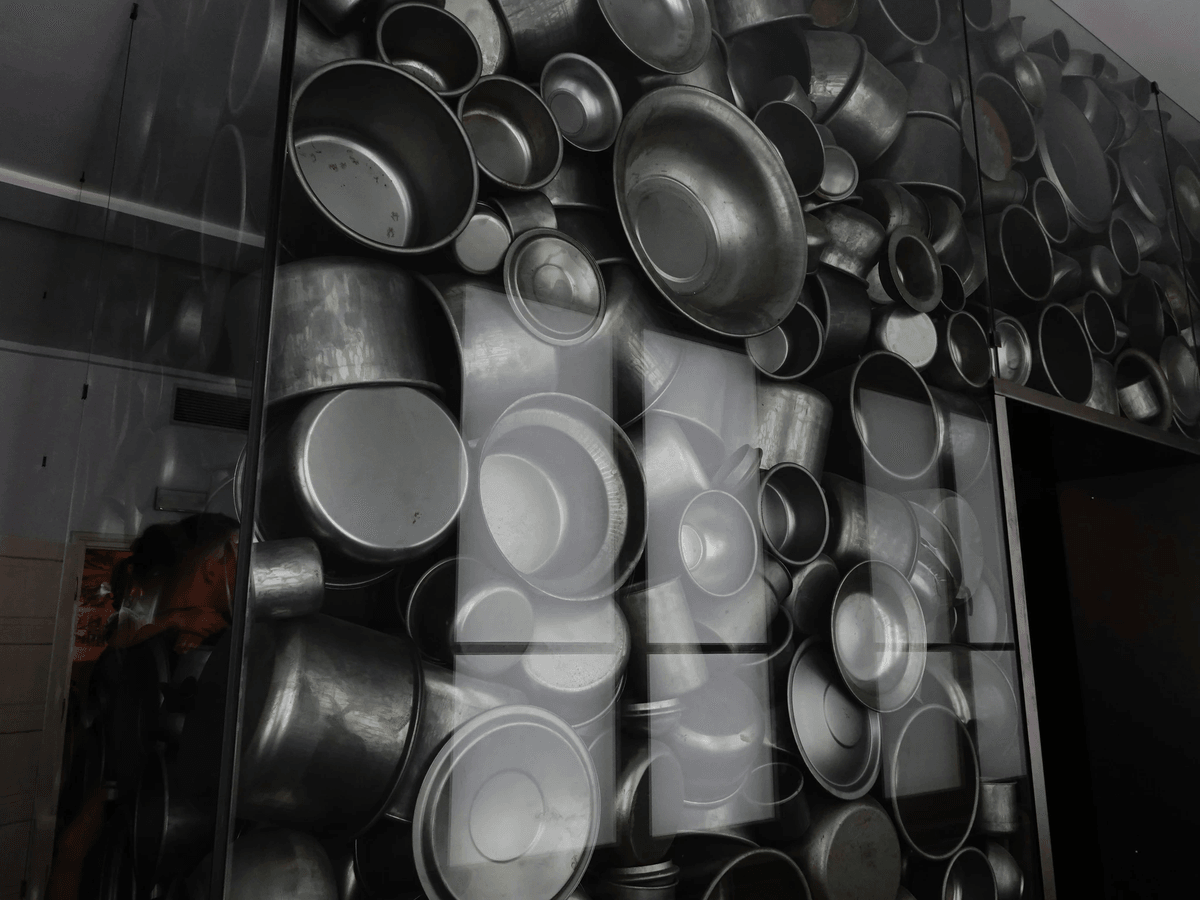
Metal utensils, pots, and pans can be made from various metals, each with its own set of properties and potential hazards. Knowing how to identify safe materials will empower consumers to make informed choices for their kitchens.
Identifying Safe Materials
Safe materials for metal kitchenware typically include stainless steel, cast iron, and aluminum that is anodized or coated. Stainless steel is favored due to its resistance to rust and corrosion while being non-reactive with food. On the other hand, cast iron offers excellent heat retention but requires proper seasoning and care to prevent rusting—a great example of why regular kitchenware inspection is vital.
While aluminum is lightweight and conducts heat well, it’s essential to ensure that it’s coated or anodized to prevent reactions with acidic foods. Always check for labels indicating that the metal has been tested for safety; this can save you from potential health risks associated with unsafe materials. In summary, identifying safe materials in your metal kitchenware should be a priority during any kitchenware inspection routine.
Recognizing Toxic Coatings
Toxic coatings are often found on cheaper metal kitchenware products, potentially posing serious health risks if they leach into food during cooking or storage. Common toxic substances include PFOA (perfluorooctanoic acid), PTFE (polytetrafluoroethylene), and lead-based coatings—definitely not what you want in your culinary arsenal! A thorough metal kitchenware inspection should focus on recognizing these harmful coatings before they become a problem in your kitchen.
To spot toxic coatings, look for signs of wear or damage on non-stick surfaces—scratches can expose underlying layers that may contain harmful chemicals. Additionally, always check product certifications; reputable manufacturers will often provide documentation proving their products are free from harmful substances. Remember: when it comes to your health and safety in the kitchen, prevention through awareness during inspections pays off!
Tips for Regular Metal Inspections
Regular inspections of your metal kitchenware can help catch issues before they escalate into bigger problems—think of it as a preventive maintenance routine! Start by visually examining each piece; look out for rust spots, chipping coatings, or any signs of warping that could affect performance or safety during use. This simple practice can enhance both the lifespan of your cookware and ensure you're using safe items every time you whip up a meal.
Another tip is to perform periodic tests on non-stick surfaces by using gentle cleaning techniques; abrasive scrubbers can damage protective layers leading to exposure of toxic components beneath them—yikes! Lastly, keep an eye on any recalls related to specific brands or models; being informed allows you to take swift action if necessary during your ongoing kitchenware inspection process.
Ceramic Kitchenware Inspection Guidelines
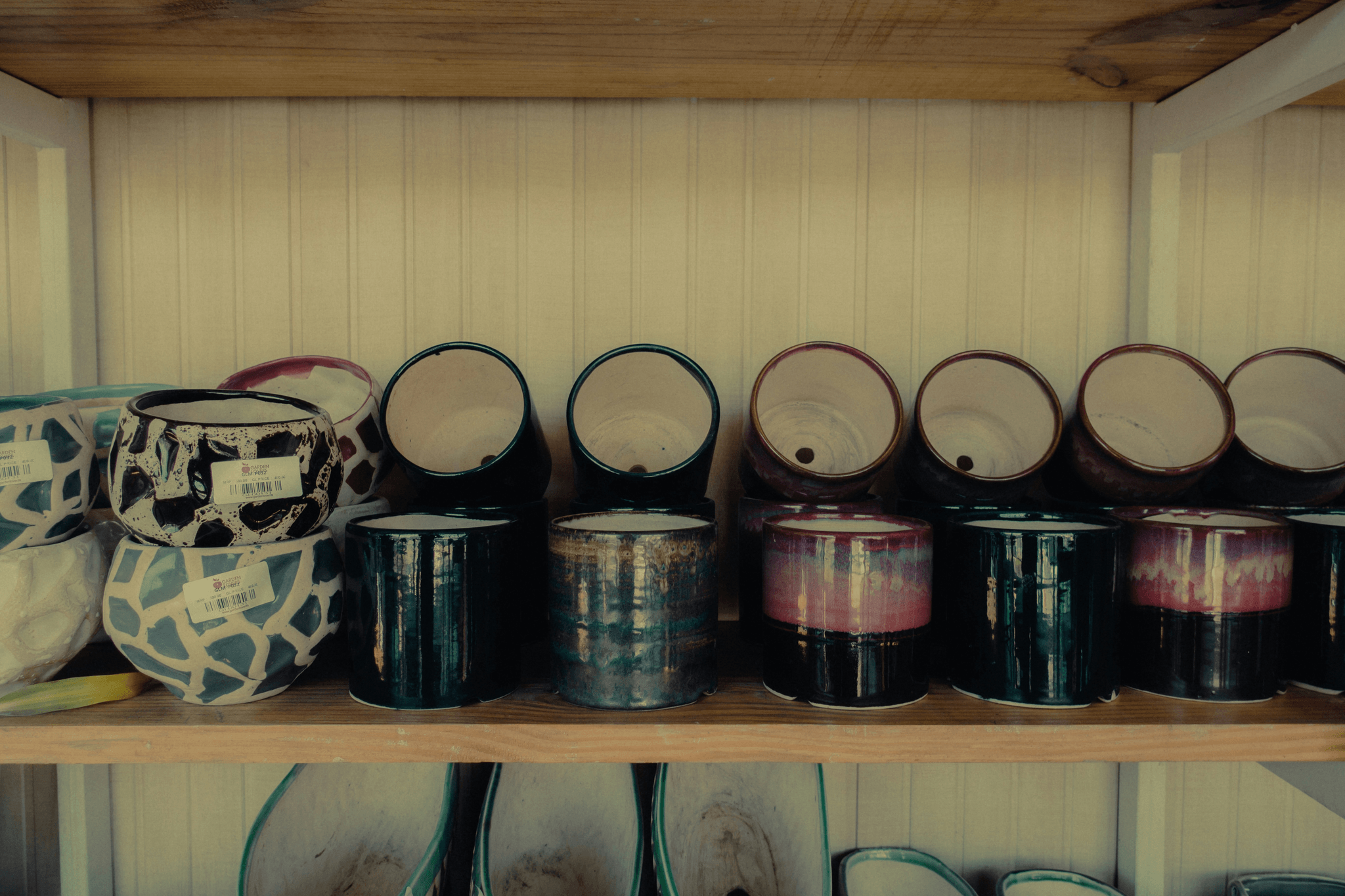
Ceramic kitchenware is a popular choice for many home cooks, thanks to its aesthetic appeal and versatility. However, ensuring the safety of these items is crucial through regular Kitchenware Inspection. This section will guide you through the essentials of inspecting ceramic kitchenware, focusing on glaze safety issues, lead and cadmium risks, and best care practices.
Spotting Glaze Safety Issues
Certain glazes may contain harmful chemicals that can leach into food during cooking or serving. Look for any signs of chipping or cracking in the glaze; these flaws can compromise safety and indicate underlying issues that might require immediate attention.
If you’re unsure about your ceramic pieces, consider conducting a simple test at home: rub a damp cloth over the glazed surface and see if any color transfers onto it. If there’s residue left behind, it may signal unsafe materials in use. Remember that proper inspection helps ensure your meals are as safe as they are delicious!
Understanding Lead and Cadmium Risks
Lead and cadmium are two heavy metals often found in older ceramic kitchenware or imported items that don’t meet modern safety standards. During ceramic kitchenware inspection, it's essential to be aware of these risks since prolonged exposure can lead to serious health issues over time. Always check for labels indicating compliance with safety regulations; if there’s no information provided, it might be best to err on the side of caution.
To further protect yourself from these hazards, consider using home testing kits designed specifically for detecting lead and cadmium in ceramics. These kits can provide peace of mind by ensuring your favorite dishes are safe for everyday use. Remember: when it comes to food safety standards, knowledge is power!
Best Practices for Ceramic Care
Proper care of your ceramic kitchenware not only extends its life but also ensures ongoing safety through regular inspections. Always hand wash ceramics instead of using a dishwasher whenever possible; high temperatures can weaken glazes over time and expose underlying materials to potential leaching risks during future uses. Additionally, avoid using abrasive sponges or harsh chemicals that could scratch surfaces.
Storing your ceramics with care is equally important; avoid stacking them without protective padding between pieces to prevent chips or cracks from forming during storage or transport. Regularly inspect your collection for any signs of wear or damage—early detection means safer cooking! Following these best practices will keep your ceramic items looking great while maintaining their integrity through diligent Kitchenware Inspection.
Plastic Kitchenware Inspection Insights
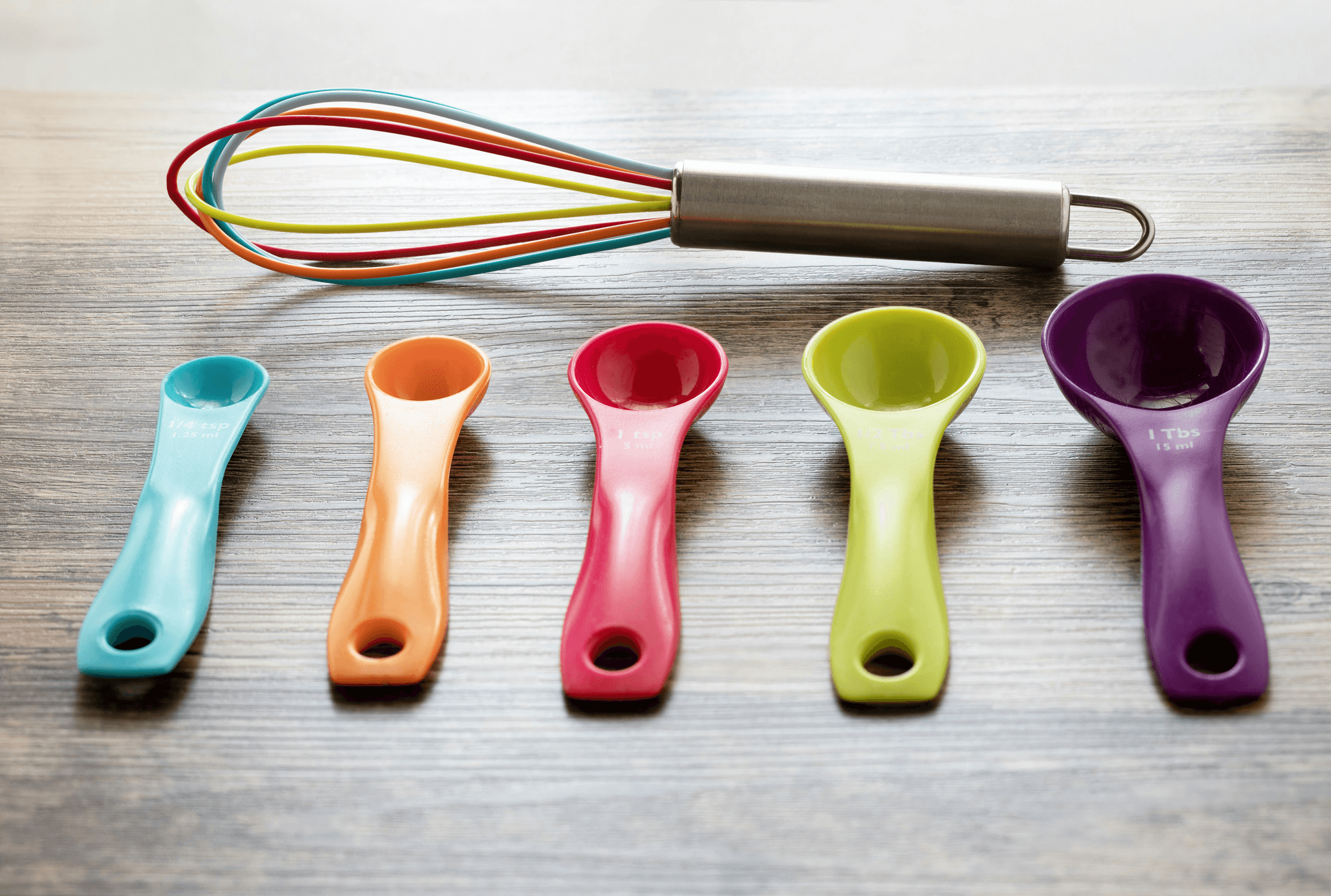
Assessing BPA and Other Chemicals
Bisphenol A (BPA) is a notorious chemical that has raised eyebrows in recent years due to its potential health risks. During plastic kitchenware inspection, it's important to identify products that may contain BPA or similar chemicals, as they can leach into food and drinks under certain conditions. Look for alternatives labeled as BPA-free, which can help you avoid the risks associated with this controversial compound.
In addition to BPA, other harmful substances like phthalates and polyvinyl chloride (PVC) may also be present in some plastic kitchenware. Regular inspections should include checking for these chemicals, especially in older products or those not specifically designed for food use. By being vigilant about what’s in your plastic items, you can significantly reduce the risk of exposure to potentially hazardous materials.
Labeling and Certifications to Look For
When it comes to ensuring the safety of your plastic kitchenware, proper labeling and certifications are key indicators of quality. During your kitchenware inspection process, look for labels such as FDA-approved or NSF certified, which signify adherence to safety standards set by regulatory bodies. These certifications help assure consumers that the products have been tested for harmful substances.
Moreover, keep an eye out for recycling symbols on the bottom of containers; some numbers indicate safer plastics than others—numbers 1 (PETE), 2 (HDPE), and 5 (PP) are generally considered safer choices for food contact. However, always remember that even safe plastics should be inspected regularly for wear and tear since degradation can lead to chemical leaching over time. Staying informed about what you're buying will empower you as a consumer during any kitchenware inspection.
How to Properly Test Plastic Kitchenware
Testing your plastic kitchenware might sound daunting but it doesn’t have to be! One simple method involves using a home test kit specifically designed for detecting BPA or other harmful chemicals; these kits are widely available online or at local stores specializing in home goods. Follow the instructions carefully during testing—this typically involves swabbing surfaces or immersing samples in solution—and send them off if required.
Additionally, look out for signs of wear such as discoloration or scratches on your plastic items; these could indicate potential contamination points where chemicals might leach into food over time. If you notice any concerning changes during regular inspections—whether it's metal kitchenware inspection or ceramic kitchenware inspection—it's best to err on the side of caution and replace those items promptly with safer alternatives.
Engaging Professional Inspectors

These experts not only bring a wealth of knowledge but also provide peace of mind that your metal, ceramic, and plastic kitchenware meet safety standards. By leveraging their expertise, you can focus on what you do best—cooking up a storm—while they handle the nitty-gritty of kitchenware inspection.
Benefits of Using China Inspection Pro
China Inspection Pro stands out as a reliable partner for all your kitchenware inspection needs. Their team specializes in various types of inspections, including metal kitchenware inspection, which ensures that materials used are safe and compliant with international standards. Additionally, they offer comprehensive services for ceramic and plastic kitchenware inspection, helping you avoid costly mistakes and potential hazards.
One major benefit is their ability to conduct inspections on-site at manufacturing facilities in China, allowing for immediate feedback and corrective action if necessary. This proactive approach minimizes risks associated with importing unsafe products into your home or business. With China Inspection Pro by your side, you can trust that your kitchen essentials are thoroughly vetted for safety.
How Third-Party Services Enhance Safety
Utilizing third-party services like those provided by China Inspection Pro significantly enhances overall safety in the kitchenware market. Independent inspections ensure an unbiased assessment of products across various materials—metal, ceramic, or plastic—helping to identify any potential issues before they reach consumers. This level of scrutiny not only protects consumers but also fosters accountability among manufacturers.
Choosing the Right Inspection Partner
Selecting the right inspection partner is essential for effective kitchenware inspection processes. Look for companies with proven experience specifically in metal kitchenware inspection as well as ceramic and plastic categories; this ensures they understand the unique challenges associated with each material type. It’s also wise to check customer reviews and testimonials to gauge their reliability and effectiveness.
Another factor to consider is whether the inspector provides detailed reports outlining findings from their evaluations; this transparency can be invaluable when making purchasing decisions or negotiating with suppliers about product quality issues uncovered during inspections. Lastly, ensure that they stay updated on industry regulations regarding food safety so you can rest assured that you're compliant with current standards.
Conclusion
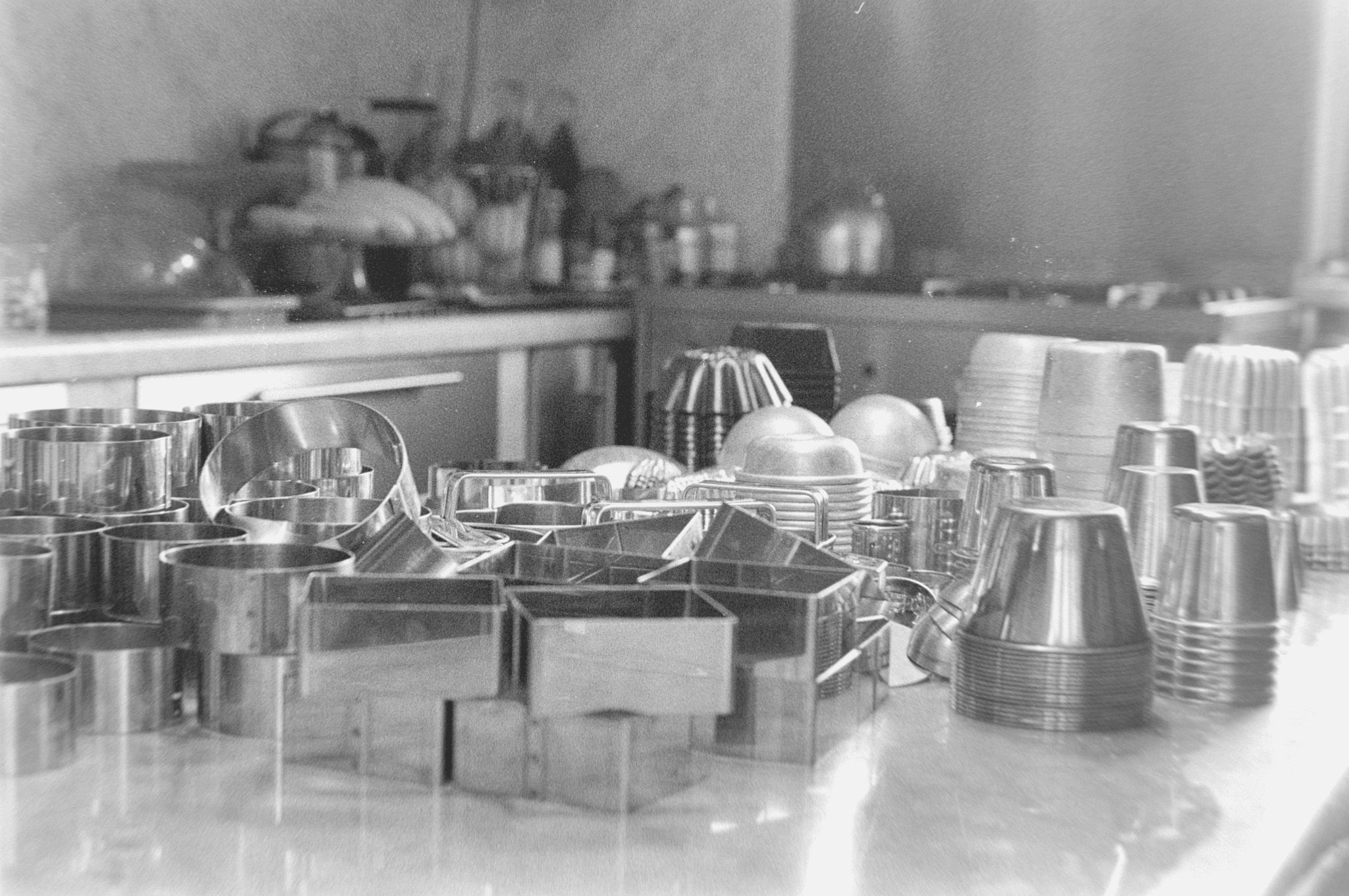
In wrapping up our exploration of kitchenware inspection, it’s clear that ensuring the safety and reliability of kitchen products is paramount. From metal to ceramic and plastic, each type of kitchenware requires specific attention to detail during inspections. By prioritizing these inspections, consumers can enjoy their culinary adventures with peace of mind.
Key Takeaways for Kitchenware Safety
Understanding the nuances of kitchenware inspection is essential for maintaining food safety standards and protecting your health. Metal kitchenware inspection helps identify safe materials and toxic coatings that could pose risks in food preparation. Similarly, ceramic and plastic kitchenware inspections are crucial for spotting harmful substances like lead or BPA, ensuring that what you use in your kitchen doesn’t compromise your well-being.
Best Practices for Ongoing Inspection
Regularly conducting thorough inspections is a best practice that every conscientious cook should adopt. For metal kitchenware inspection, look out for signs of wear or damage that could lead to contamination; similarly, ceramic kitchenware should be checked for glaze integrity to avoid chemical leaching. Plastic kitchenware inspection requires vigilance regarding labeling—always verify certifications indicating safety against harmful chemicals.
Building Trust in Consumer Products
Building trust in consumer products starts with transparency and diligence in the inspection process. Engaging professional services like China Inspection Pro can enhance this trust by providing expert evaluations across various materials—metal, ceramic, or plastic—ensuring compliance with safety standards. Ultimately, when consumers prioritize ongoing inspections and choose reliable partners, they contribute to a safer marketplace filled with trustworthy kitchenware options.
